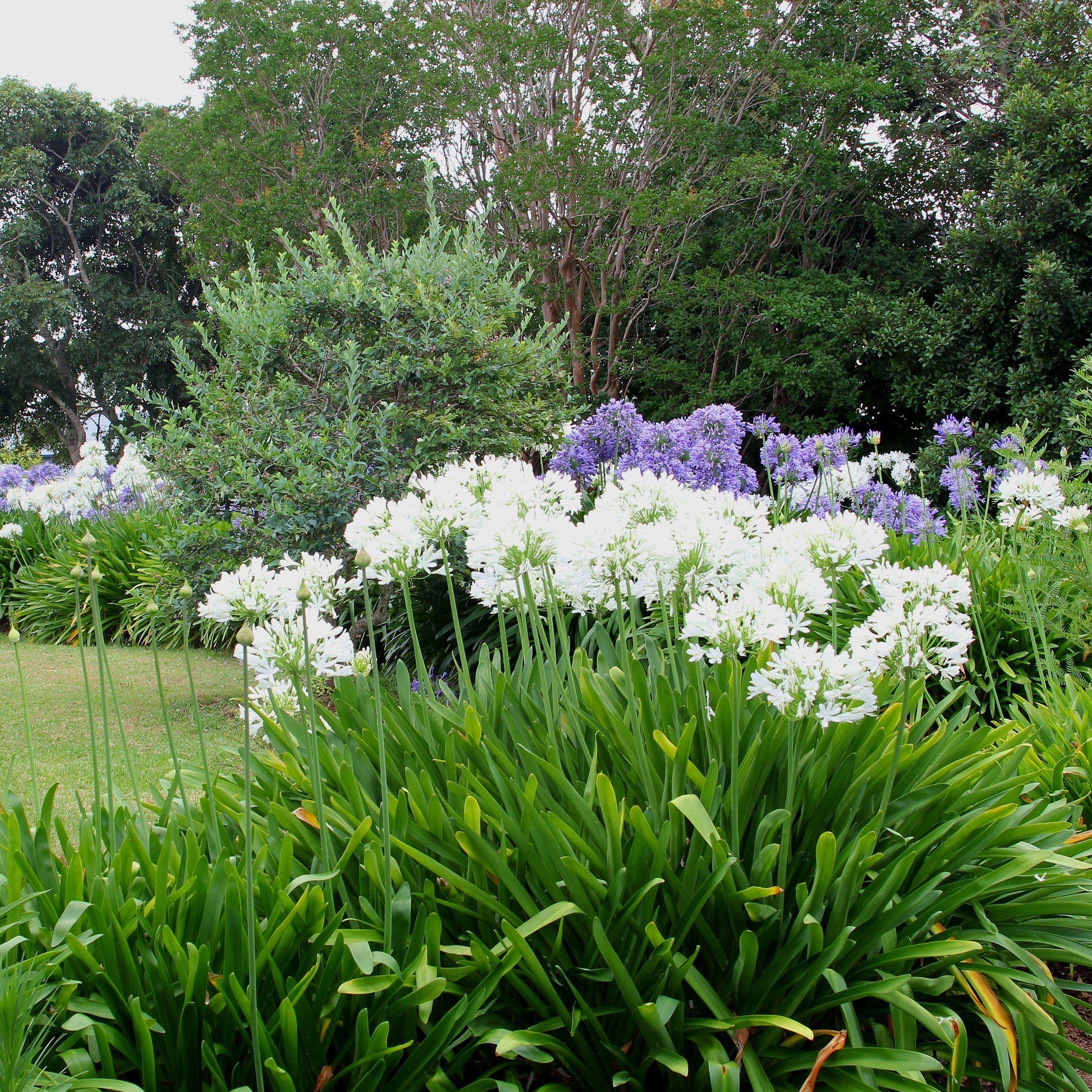Mastering the Art of Agapanthus Treatment: Crucial Steps for Healthy Growth and Vivid Flowers
In the world of horticulture, the cultivation of agapanthus stands as a rewarding venture for those that seek to nurture these classy blooming plants. From picking the ideal range to mastering pruning strategies, the trip towards cultivating prospering agapanthus plants is complex and holds the key to opening the full potential of these herb gems.

Choosing the Right Agapanthus Selection

When selecting the right Agapanthus selection for your yard, think about variables such as environment suitability, blossom shade, and growth habit. Additionally, think about the climate in your area to guarantee the Agapanthus variety you pick can grow in your details problems. Comprehending the growth routine of various Agapanthus ranges is important for proper placement within your yard.
Suitable Growing Conditions
Considering the optimum environmental needs is important for effective Agapanthus farming. Agapanthus flourishes in well-draining dirt with a somewhat acidic to neutral pH level. When growing, select an area that gets full sunshine to partial shade. In hotter environments, supplying some afternoon shade can prevent scorching of the leaves. Agapanthus plants are delicate to chilly temperatures and should be secured from frost throughout winter season.
To make sure healthy and balanced development and lively blossoms, plant Agapanthus light bulbs at a deepness of about 2-4 inches and space them 8-12 inches apart. Mulching around the base of the plants aids preserve wetness and subdues weed development.
Watering and Feeding Tips
Keeping correct dampness degrees and providing vital nutrients are crucial elements in the treatment routine for Agapanthus plants. It is vital to strike a balance when it comes to sprinkling Agapanthus. If overwatered, these plants favor continually wet soil however are prone to root rot. During the growing season, water deeply once a week, guaranteeing the soil is well-draining to stop waterlogging. In hotter climates or during durations of dry spell, more frequent watering might be needed to maintain the dirt uniformly wet. However, minimize watering in the winter to avoid waterlogged conditions.
Feeding Agapanthus is essential for advertising healthy development and prolific flowers. Use a well balanced plant food, such as a 10-10-10 formula, in the very early spring as brand-new growth emerges. By complying with these watering and feeding tips, you can guarantee your Agapanthus plants thrive and create vivid, resilient blossoms.
Trimming Methods for Agapanthus
Trimming Agapanthus plants at the ideal times and with proper methods is crucial for preserving their health and wellness and advertising optimal growth and flowering. The suitable time to prune Agapanthus remains in late winter season or very early springtime prior to new development arises. Start by getting rid of any dead or yellowing leaves near the base of the plant. Cut them as close to the ground as feasible without harming the emerging shoots.
Deadheading spent flowers can additionally reroute the plant's power into producing more flowers instead than setting seeds. If you desire to accumulate seeds for propagation, leave some flowers to mature and dry on the plant.
Keep in mind to utilize tidy, sharp devices to make specific cuts and minimize the click to read more risk of presenting conditions. Agapanthus. Routine trimming will aid maintain your Agapanthus looking neat and healthy and balanced while making sure a bountiful screen of gorgeous flowers
Dealing With Typical Insects and Conditions
After guaranteeing proper trimming methods for Agapanthus, it is essential to deal with usual insects and illness that can impact the wellness and vitality of these plants. Agapanthus plants are generally sturdy however can still come down with certain concerns. One typical pest that influences Agapanthus is the Agapanthus gall midget. This little, orange fly lays its eggs in the foliage, resulting in distorted development and blossom buds that stop working to open. To combat this insect, trim and damage any type of afflicted plant components and take into consideration making use of insecticidal soap.
One more typical problem is fungal fallen leave area, which provides as dark sores on the leaves. To avoid fungal conditions, guarantee excellent air circulation around the plants, avoid above watering, and remove any contaminated fallen leaves quickly. Furthermore, Agapanthus plants can deal with origin rot if they are grown in badly draining pipes soil. To prevent this, plant Agapanthus in well-draining dirt and prevent overwatering. By being attentive and taking punctual action versus bugs and diseases, you can aid your Agapanthus plants flourish and produce dynamic blossoms.

Conclusion
Finally, mastering the art of agapanthus care entails picking the right range, giving perfect planting conditions, go right here proper watering and feeding, suitable trimming methods, and attending to usual pests and conditions. By complying with these crucial actions, you can make certain healthy and balanced development and vibrant blooms for your agapanthus plants. Remember to regularly keep track of and preserve your plants to promote their overall well-being and durability.
To make sure healthy and balanced growth and lively blooms, plant Agapanthus bulbs at a depth of about 2-4 inches and space them 8-12 inches apart. By following these watering and feeding ideas, you can ensure your Agapanthus plants thrive and generate dynamic, durable flowers.
One usual insect that affects Agapanthus is the Agapanthus gall midget. Additionally, Agapanthus plants can suffer from origin rot if they are planted in poorly draining soil. By website here complying with these essential steps, you can make sure healthy development and vivid blooms for your agapanthus plants.